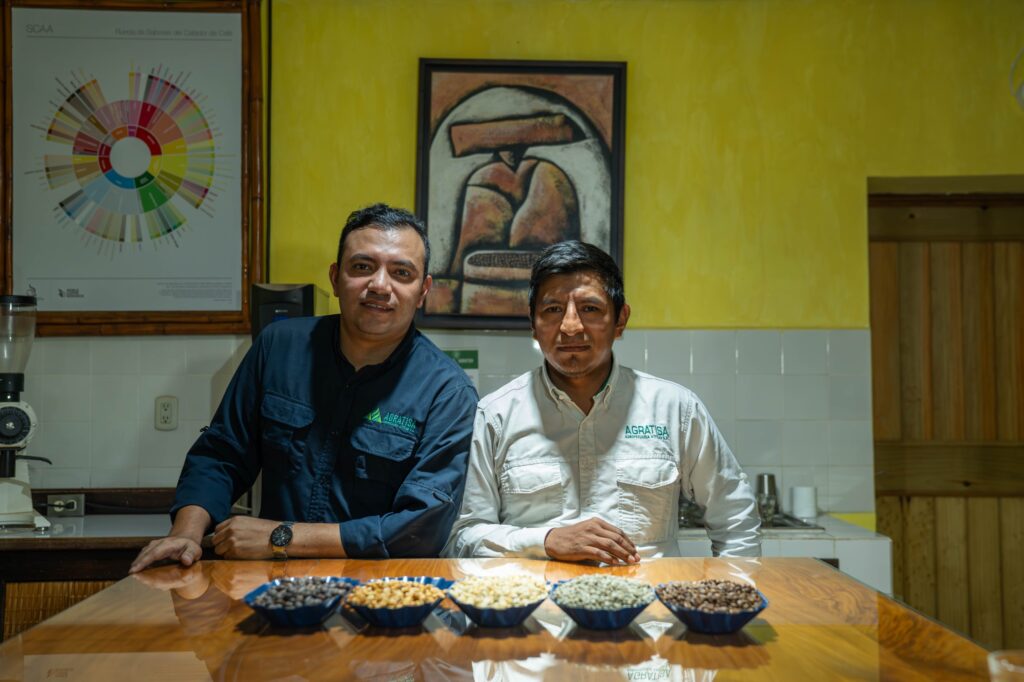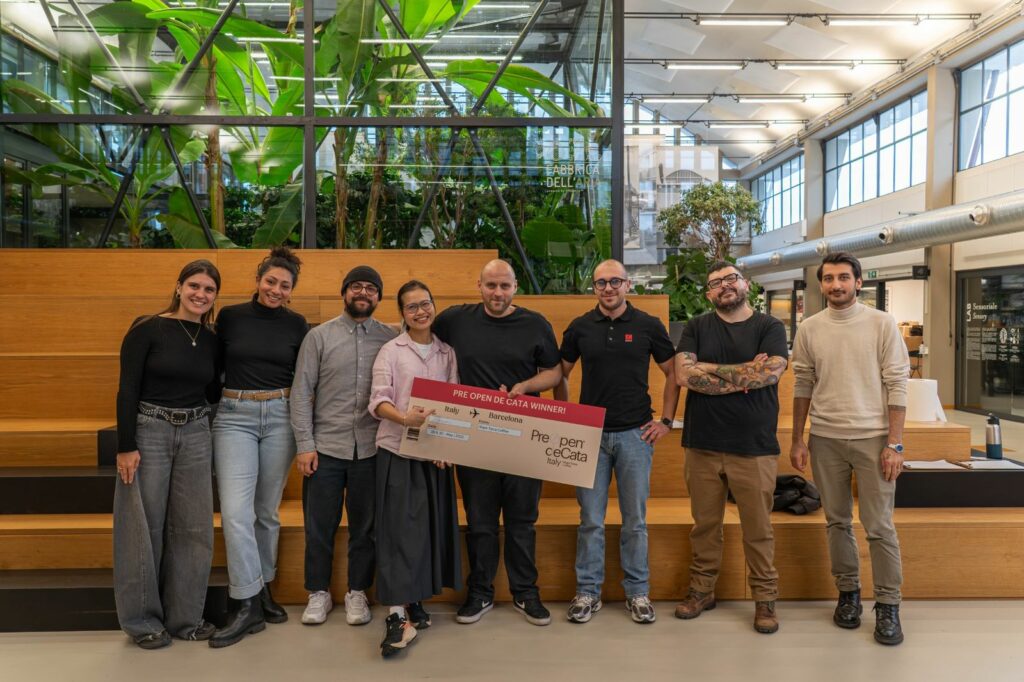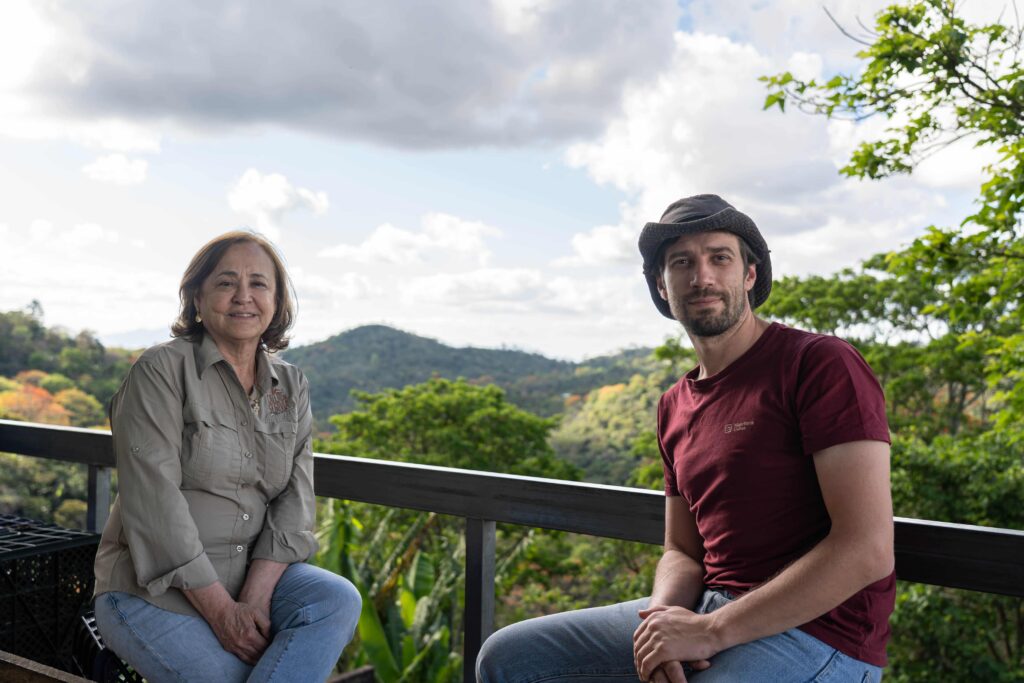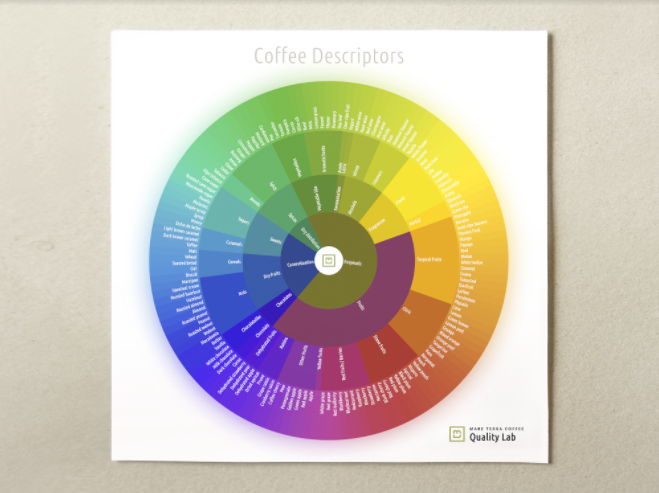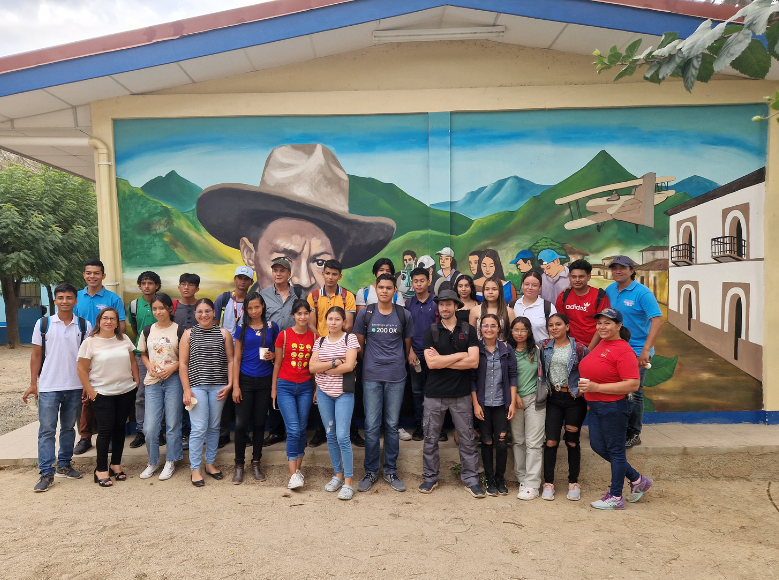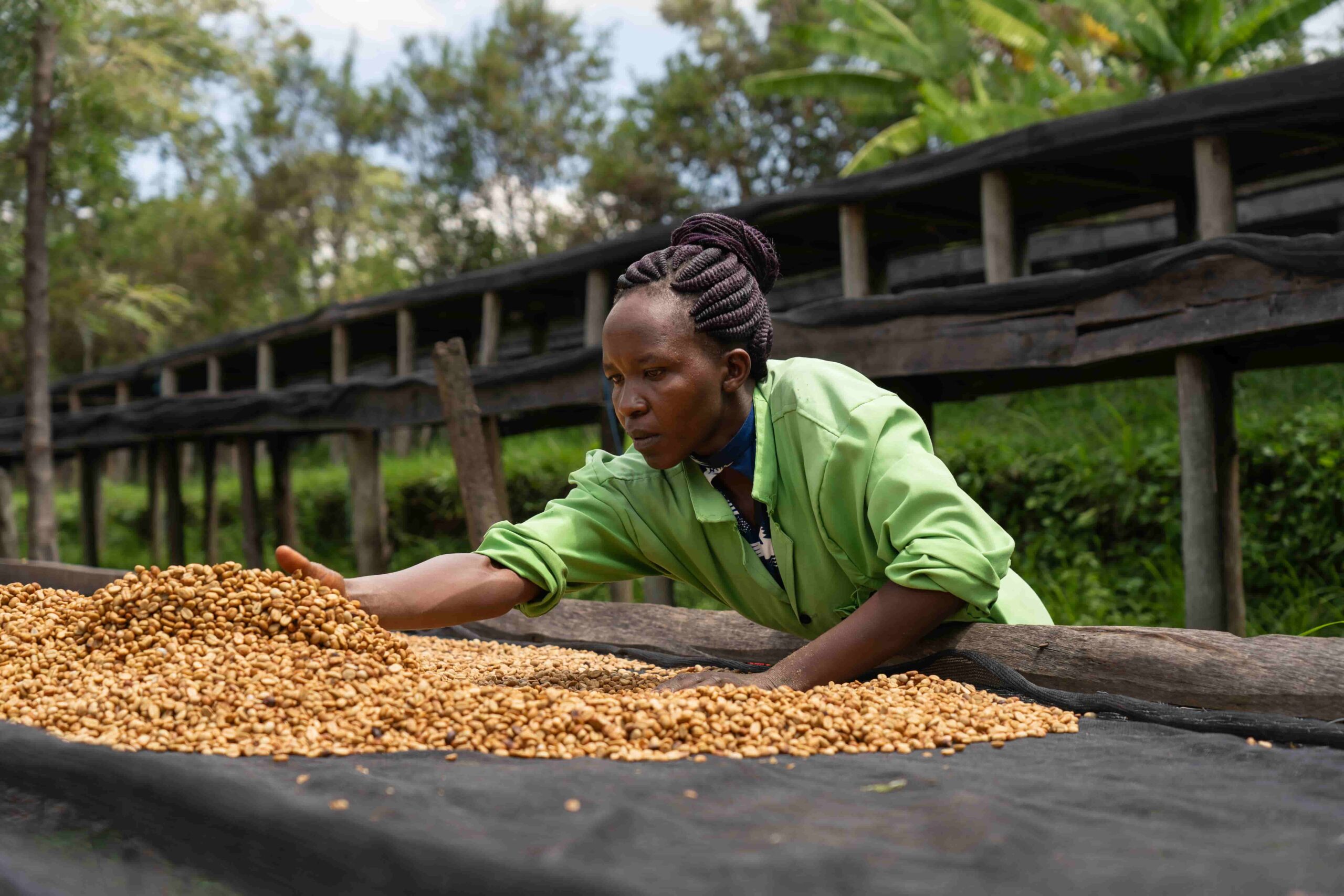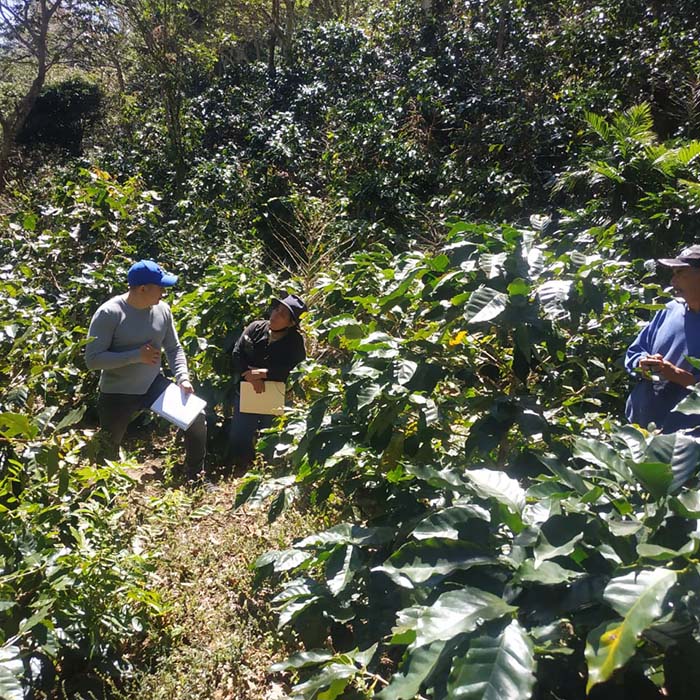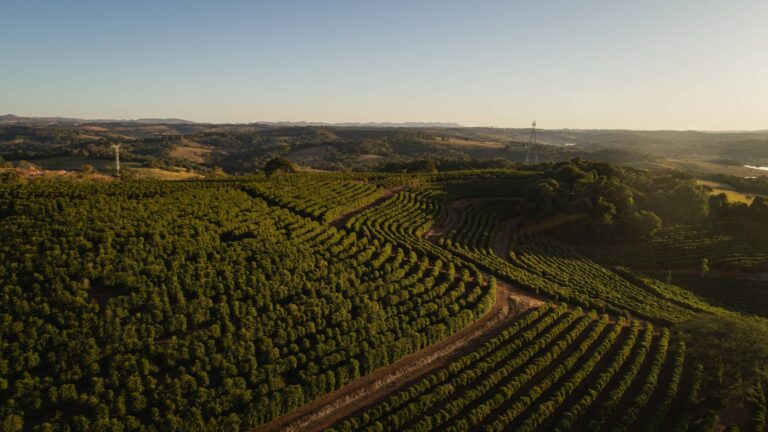Coffee grinding
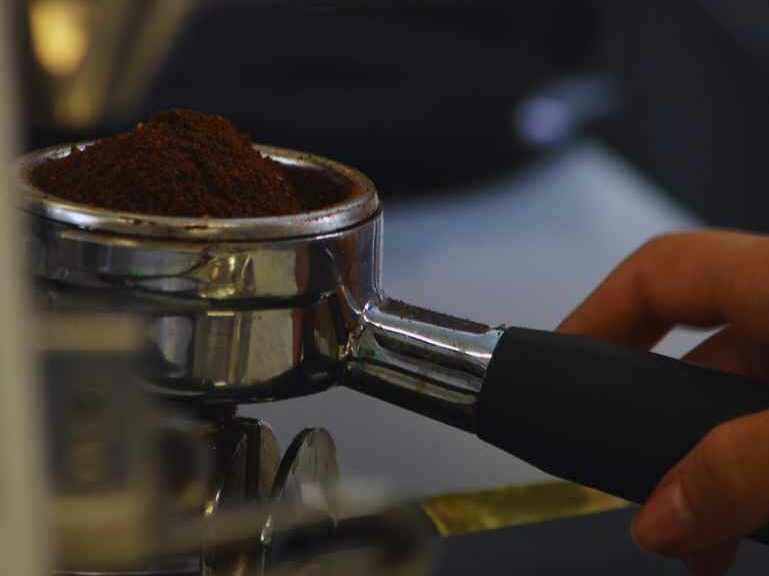
The degree of grinding will have a significant influence on the final result of the cup, together with the other variables: the quality of the water, the type of roasting or the temperature of the water.
When preparing coffee, one of the essential aspects if we want to obtain a perfect beverage is to carry out a good extraction. By extraction we understand the process by which, using hot water over the coffee, all the aromas and flavors present in the bean are extracted. When we grind coffee, what we really do is to increase the area of contact with the surface of the coffee beans exposed to water, with the objective of better extracting all their aromas and flavors.
If the coffee were not ground, the surface would be such that it would be impossible to extract all of its properties. Therefore, the coarser or finer the grind, the faster or slower the water will flow through it, affecting the extraction time. Thus, The size of the grind plays a key role in the extraction process. It is important to point out that not all the components extracted from coffee are of the same type, since there are those that add sweetness, for example, while others add bitter flavors or astringent notes. Generally, a finer grind and a longer extraction time than necessary increase the bitter and astringent taste, due to a substantial increase in lactic acid, chlorogenic acid and caffeine. On the other hand, if we use a coarser grind, we can control the bitterness or astringency more, although if it is too coarse, the extraction will not be correct. For example, for an espresso coffee we will use a finer grind than in the case of filtered coffees, due to the extraction time, which is shorter, and also to the pressure that the water exerts when it is prepared.
Grinding thickness
The thickness of the grind is one of the most important factors in the preparation of a good coffee. A finer grind means a greater surface area of the bean exposed to water. This means that it has a greater amount of particles, which will cause the water to move more slowly, generating a greater extraction. We speak of over extraction when the water passes too slowly through the coffee, extracting the undesired elements and burning the coffee. The result is a bitter beverage, with a burnt aroma and flavor, mainly due to a too fine grinding point or too long extraction time. It can also be caused by using water that is too hot. In contrast, a coarse grind has looser particles, which allows water to move much faster between them. The combination of a smaller contact surface area and shorter preparation time means that there will be less extraction. We speak of under-extraction when the passage of water has gone too fast through the coffee and, therefore, the necessary elements have not been extracted. The result is a weak drink and water – da. This usually occurs when the grind size is too coarse, resulting in a weak, thin and sour beverage. It is necessary to indicate that the same grind is not useful for all preparations nor for all types of coffee. Thus, there are some aspects that must be taken into account in order to determine the type of grind:
The method of preparation
Each coffee maker requires a different grind size to suit each type of practice.
For an espresso or mocha, a finer grind is required, because the preparation time is very short, usually about 20-30 seconds, and a pressure system is used. For filtered coffee, a coarser grind is required. Since there is no pressure and only the force of gravity acts, the water flows more slowly, so a larger contact surface must be used to avoid over-extraction. The ideal grinding degree for filter coffee is 600-800 microns. Coffee beans. Coffee is a fruit and, therefore, the fresher the better. We must take into account the time that has elapsed since it was harvested and also since it was roasted. If the coffee is fresh, the thickness of the grind can be increased; on the contrary, if the coffee is already aged, a fine grind can help to better extract its properties.
The type of roasting.
Dark roasts are more soluble, as the grain has been exposed to heat for a longer period of time. As a general rule, we could establish that dark roasts accept a coarser grind, because the surface in contact with the water will be smaller, thus avoiding the extraction of more solids than necessary. Soft roasts, on the other hand, require a finer grind.
The coffee mill
The quality of the grinder is fundamental for a good grind and the preparation of a good coffee. In addition, it is not only necessary to have a good mill, but it is also necessary to maintain it well, to keep the work area clean and to replace the milling cutters or grinding wheels whenever necessary. Mills can be automatic or manual and equipped with flat or conical grinding wheels. With flat grinding wheels, the grinding surface is smaller and they rotate at a higher speed. They are suitable for lower flow rates, since if they are used for large quantities of coffee, heat can be generated through friction and damage the beans. With conical grinding wheels, the grinding surface is much larger and frictional heat is minimized.
